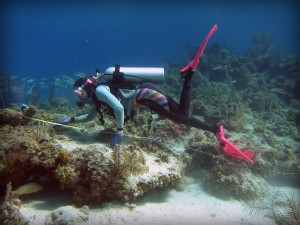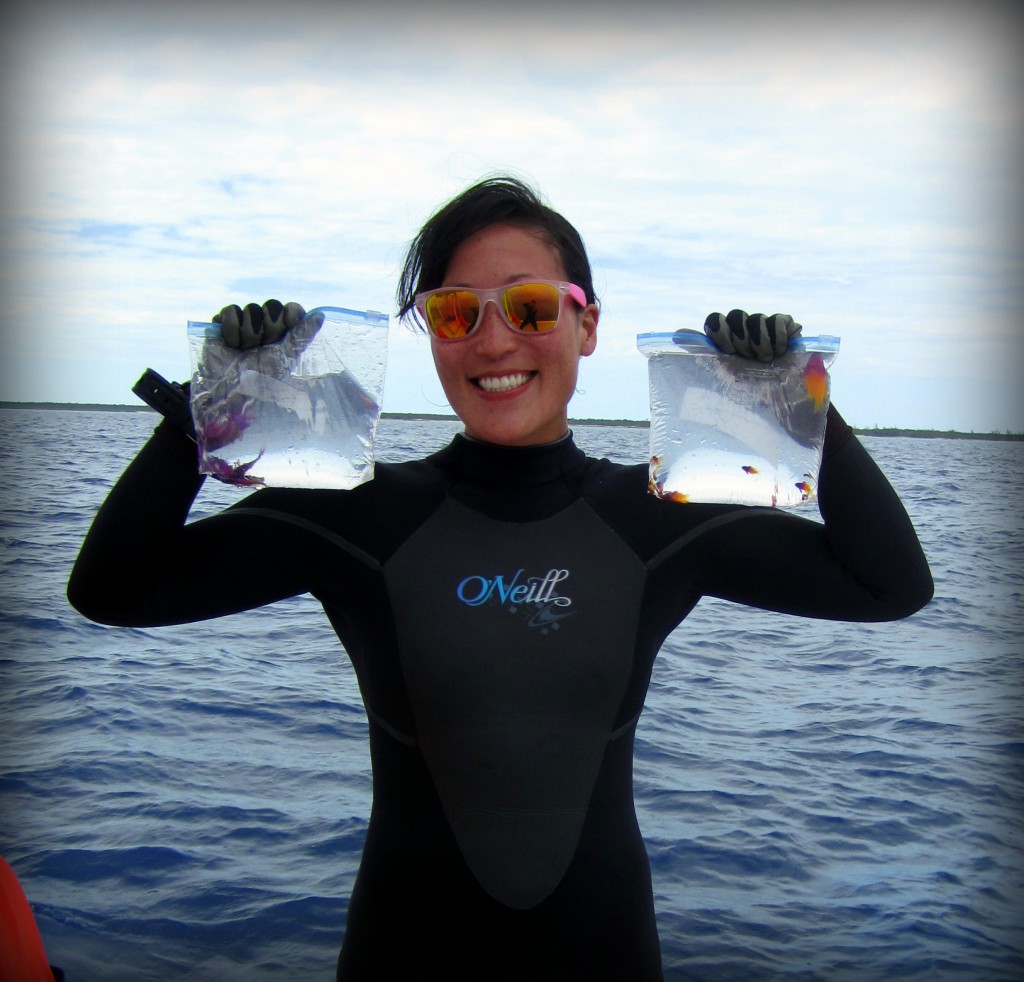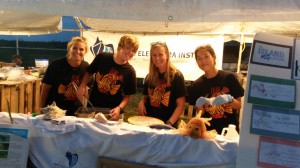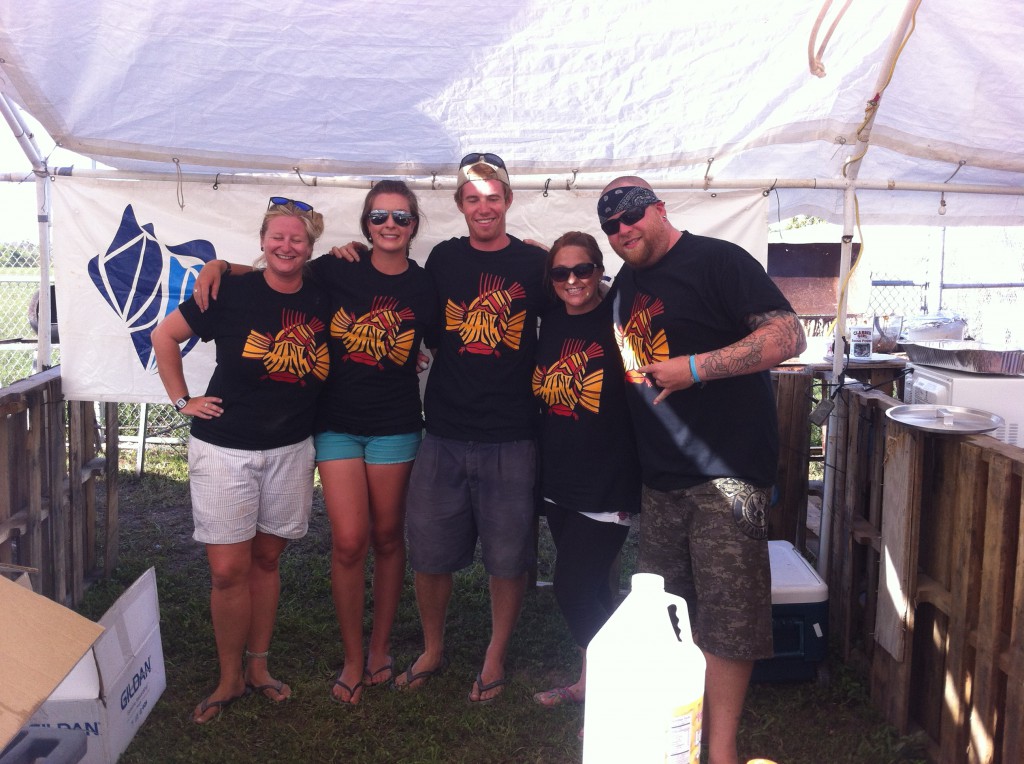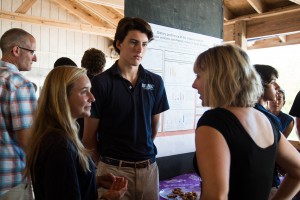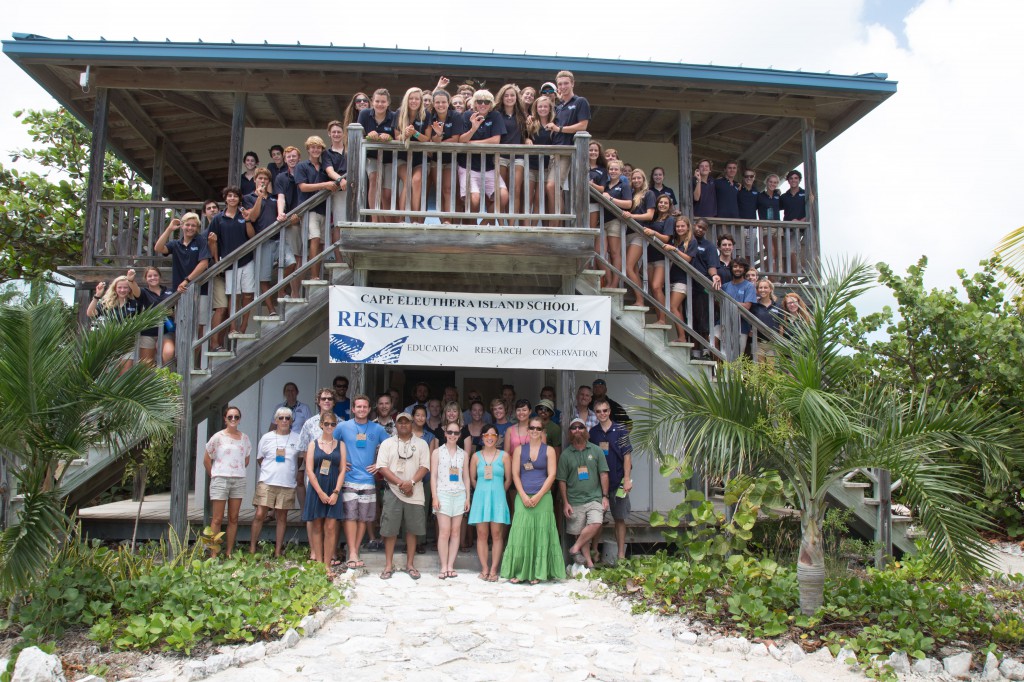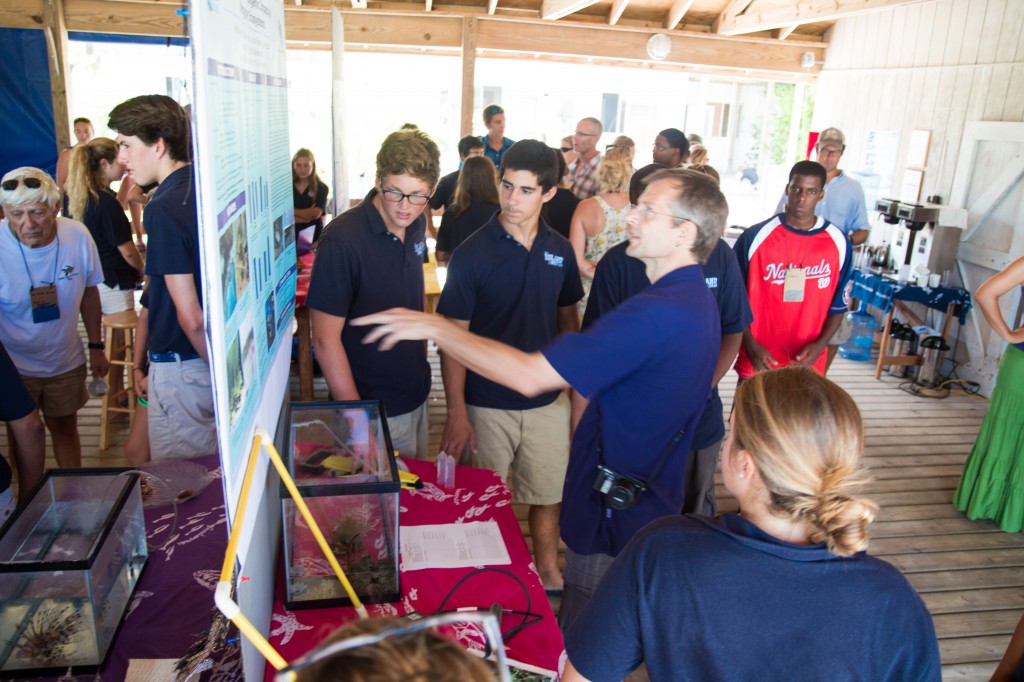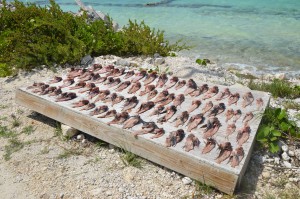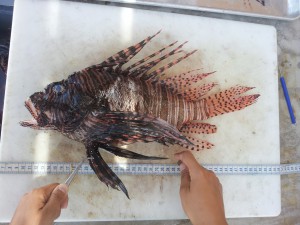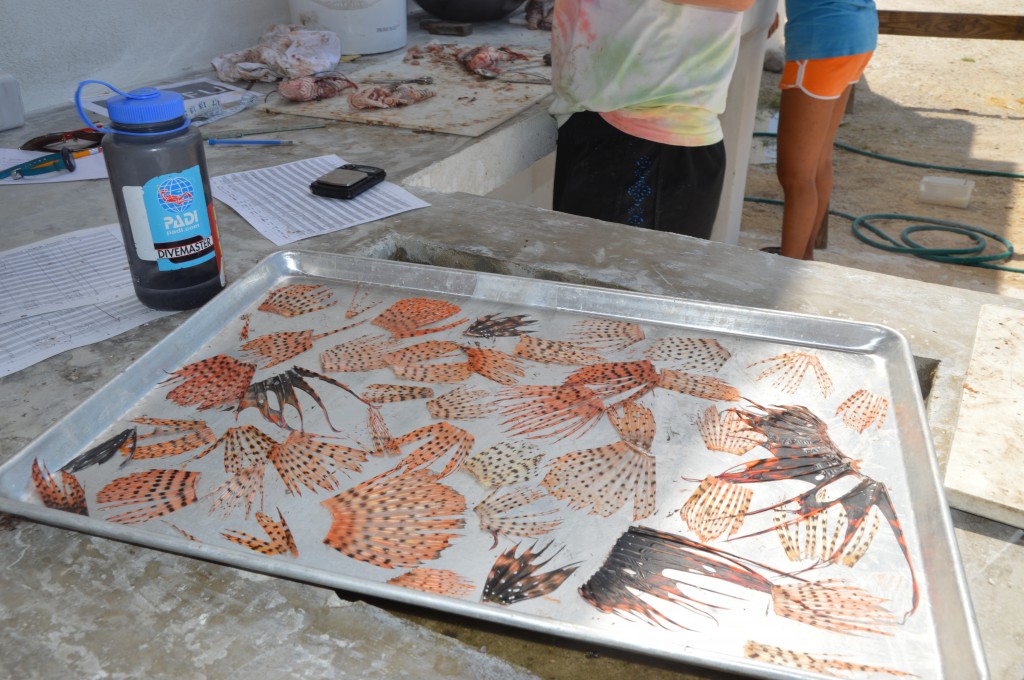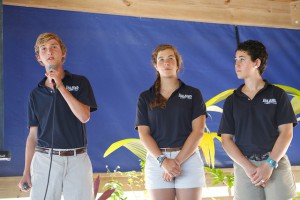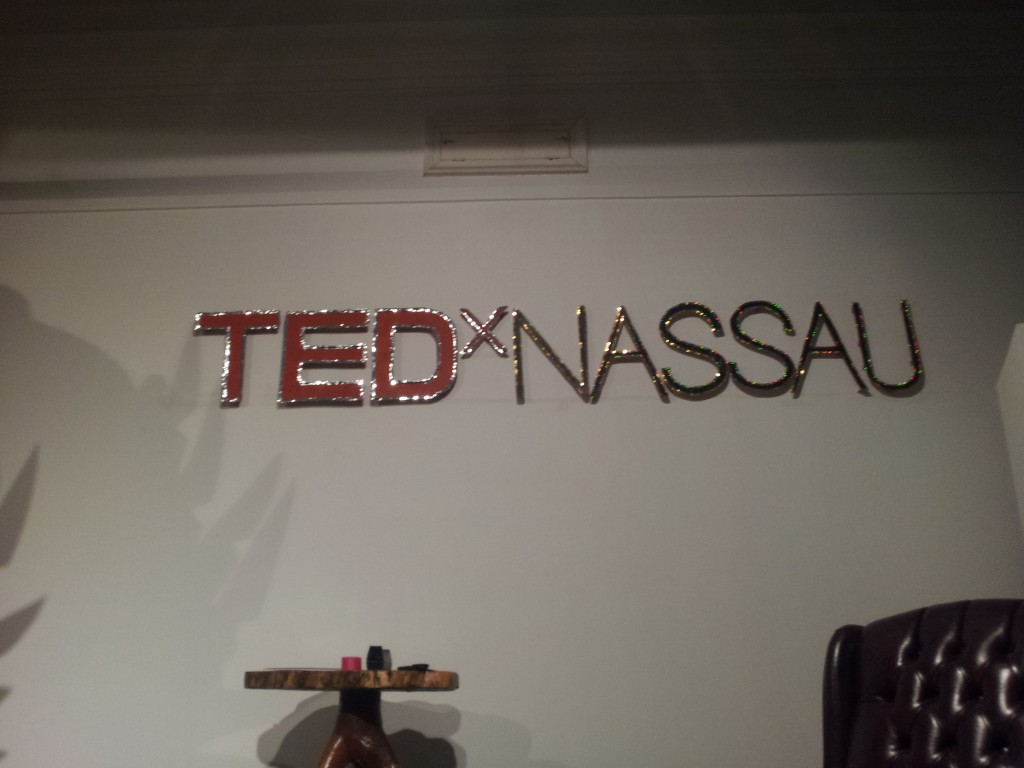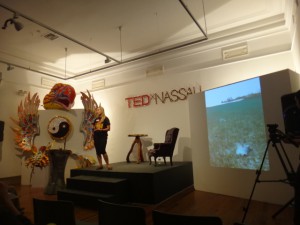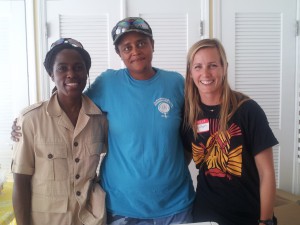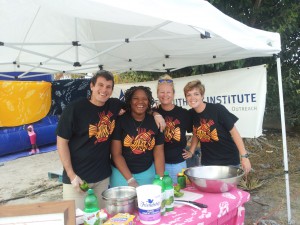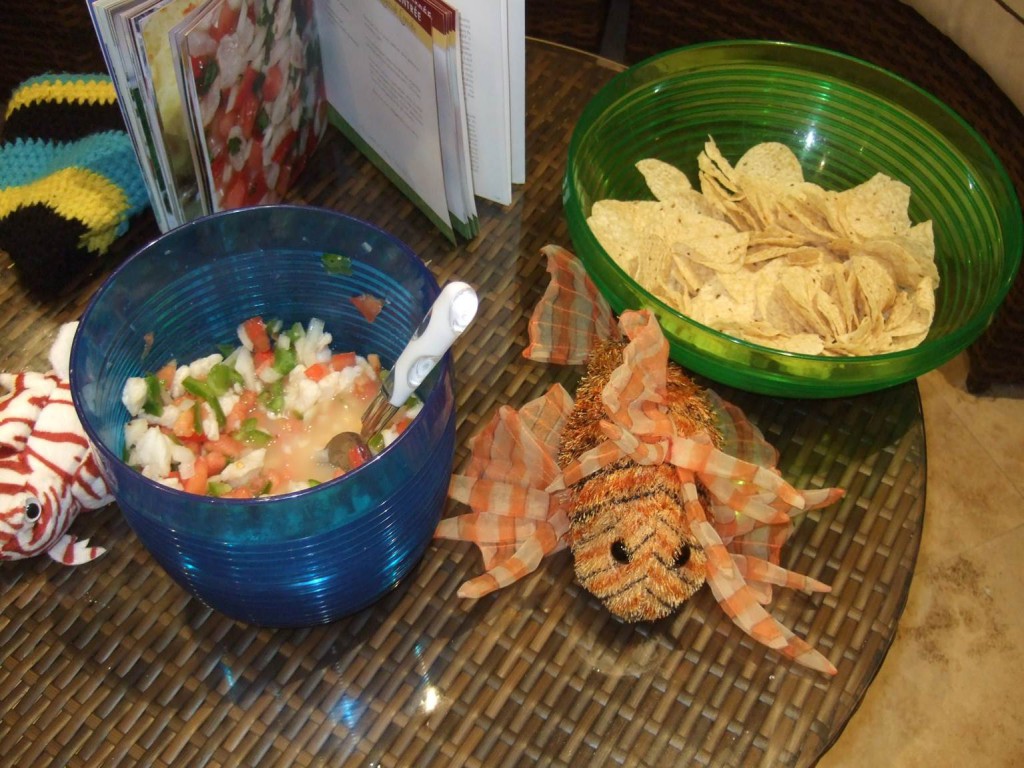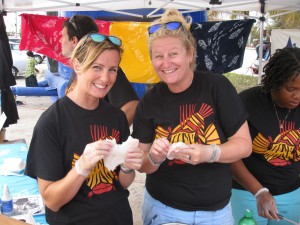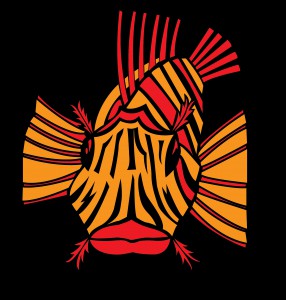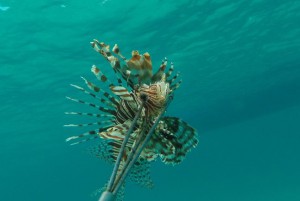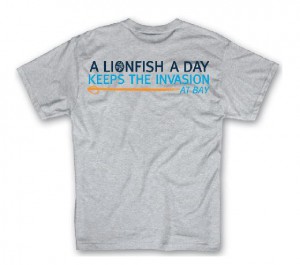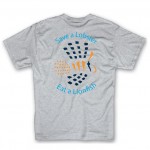This past summer was a busy time for the sustainable fisheries team, with numerous conch and lionfish lab trials.
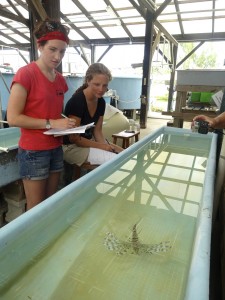
On the lionfish side of things, Helen, one of the visiting Newcastle students, is looking at prey density as well as whether or not it benefits lionfish to hunt in groups. She does this by adding 1 (or more) lionfish to a tank containing varying densities of prey fish (grunts) and observing the rate at which the grunts are eaten. Emily (another student from Newcastle University) is exploring prey preference in lionfish. She ran a series of trials to determine whether lionfish are more likely to attack a grunt or a damselfish if given the choice. She is now determining if lionfish rely more on visual or olfactory signals when hunting.
Oli, a third student from Newcastle, was running behavioral trials on conch. A fisherman’s tale suggests that the declining numbers of conch available is due to the fact that the animals run away from knocked shells that have been thrown back into the water by other fishermen (as opposed to overfishing). Oli is testing this explanation by dropping empty conch shells (as well as rocks as a control) in a tank with a live conch and monitoring its movement for 4 hours. We will keep you updated on the results of these trials as they progress!
